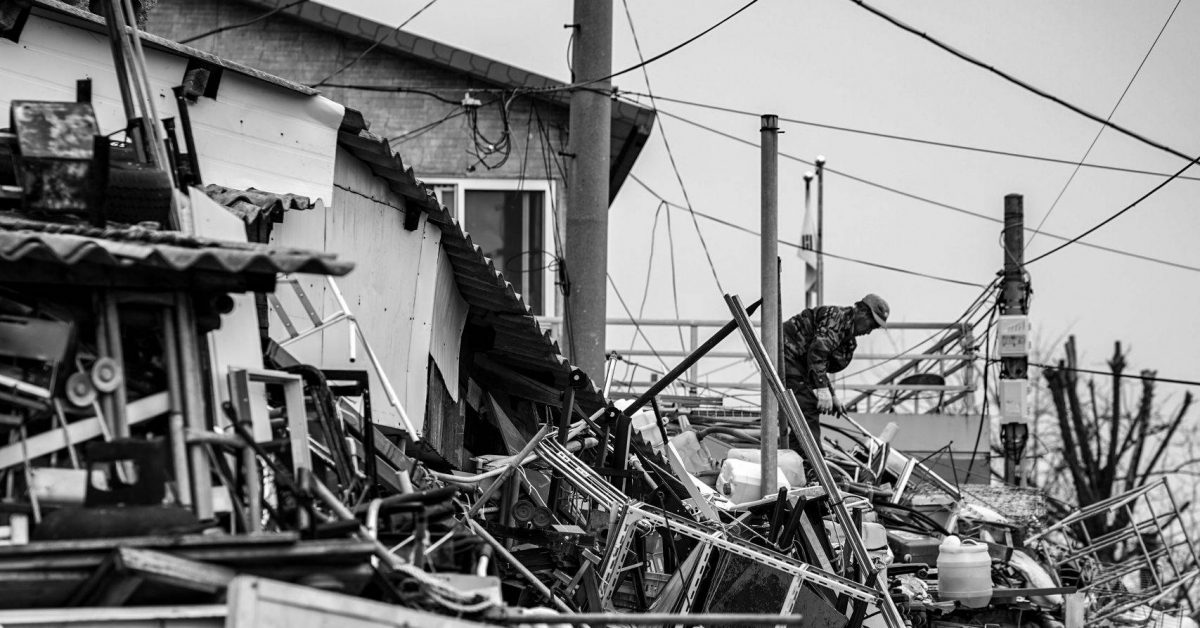Earthquake

Earthquake is a movement of the crust. About 150, 000 earthquakes can be sensed yearly without instruments, these movements are the macroseismic quakes (makroszeizmikus rengés). And there are 1 million, which is only detectable with instruments, these are the microseismic quakes (mikroszeizmikus rengés). 90% of the earthquakes are connected with the margins of plates, similarly to active volcanoes. And because of this, on a map the epicentres show these lines. The other 10% are caused by the eruption of volcanoes, and the collapse of underground cavities (üreg). The hypocentre is the underground site, from which earthquakes waves originate. The epicentre is the area of the surface directly above the hypocentre /focus/ of an earthquake. We can make a difference among three types of earthquakes: shallow-focused (sekély fészkű) /0-70 km/, mid-focused (közép fészkű) /70-300 km/, and deep-focused (mély fészkű) /300-700 km/ earthquakes. We can measure the strength of the earthquake by a seismograph. There are two scales to express the power of an earthquake.
a) Richter scale: It contains 10 grades: Micro (less than 2.0), Very Minor (2.0-2.9), Minor (3.0-3.9), Light (4.0-4.9), Moderate (5.0-5.9), Strong (6.0-6.9), Major (7.0-7.9), Great (8.0-8.9), Rarely Great, (9.0-9.9), Meteoric (10+)
b) Mercalli scale: It contains 12 grades: I, Instrumental, II, Feeble, III, Slight, IV, Moderate, V, Rather Strong, VI, Strong, VII, Very Strong, VIII, Destructive, IX, Ruinous, X, Disastrous, XI, Very Disastrous, XII, Catastrophic
The strongest earthquake in Hungary was in 28. 06. 1763. in Komárom.
The strongest earthquake on the Earth since 1900 was in 2004 in Sumatra, Indonesia, its magnitude was 9.0, and there 289.000 people died.


